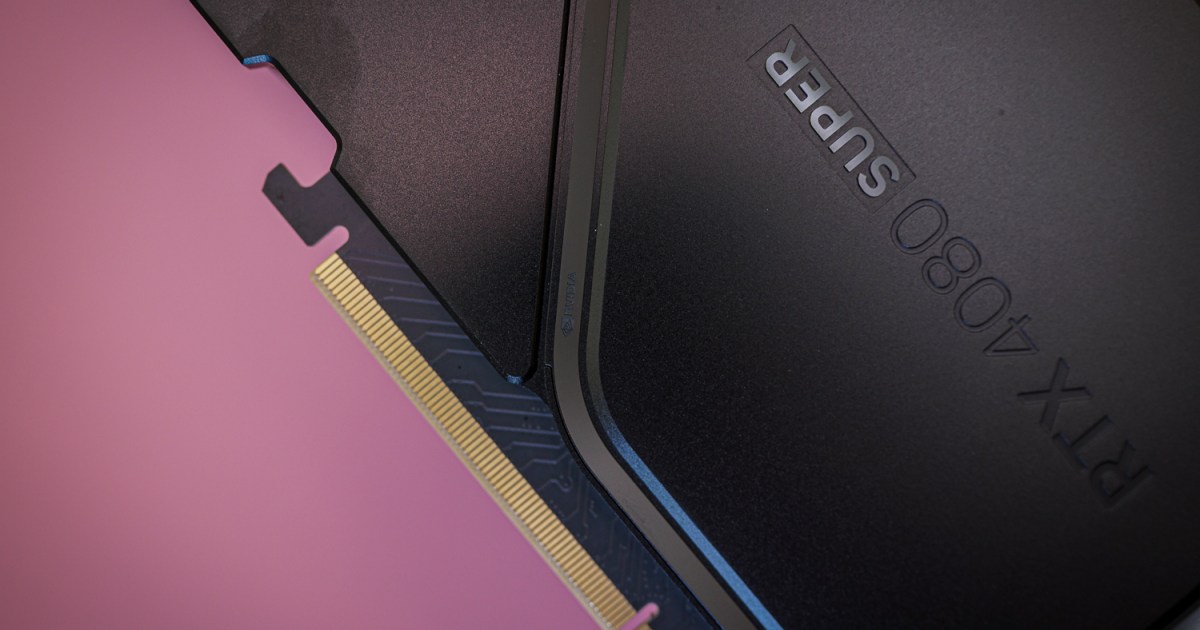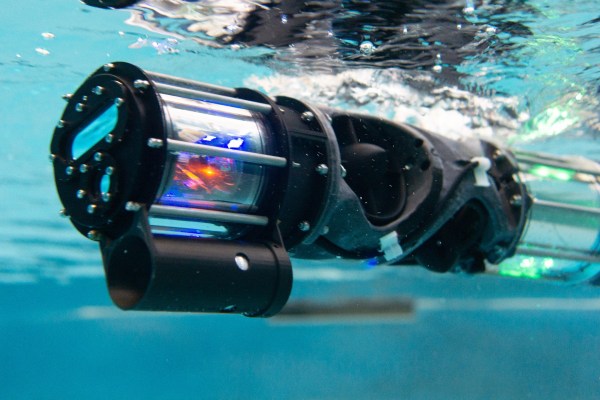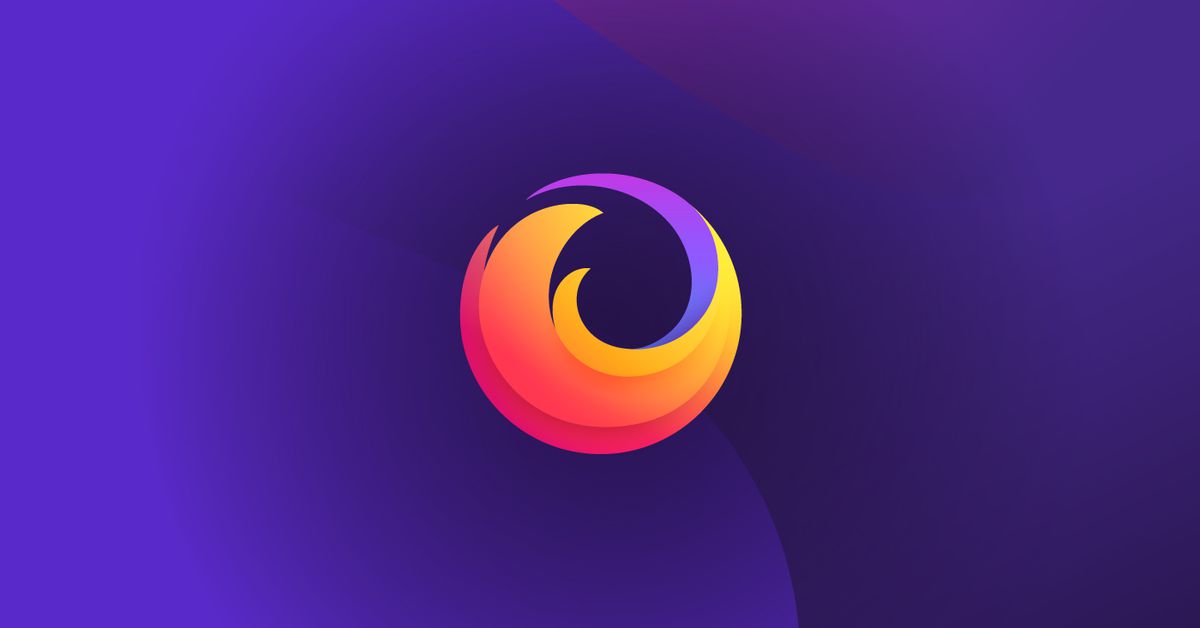Nvidia finally announces what gamers have always needed
Nvidia has just announced the release of the Nvidia App, and it can't get here soon enough.

Digital Trends may earn a commission when you buy through links on our site. Why trust us?
Nvidia’s latest announcement is one that many of us have been waiting for. The company is releasing a new software solution that will, hopefully, one day replace the Nvidia Control Panel and GeForce Experience. Dubbed simply “Nvidia App,” the software is now in beta and is available for testing.
Those of us who own some of Nvidia’s top GPUs (or even some of the worst ones) are forced to use the Nvidia Control Panel for tuning things like display settings, game performance, and monitor refresh rates. Meanwhile, GeForce Experience optimizes game settings and provides an in-game overlay that can be used for things like recording bits of your gameplay. The lack of a unified app can get confusing and annoying to those who aren’t familiar with it.
The company refers to it as a “unified GPU control center.”
Hopefully, the Nvidia App may one day be the solution that rids us of that annoyance. According to Nvidia, the app simplifies the process of updating your drivers and makes it easier to access and use the rest of Nvidia’s software stack, such as GeForce Now, Nvidia Broadcast, and Nvidia Omniverse. The company refers to it as a “unified GPU control center.”
Upon installing the beta, users are given the option to log in, and those who do may be given access to various bundles and rewards. Once installed, the app can be used for tweaking game and driver settings. It also features a redesigned in-game overlay with features such as recording gameplay and monitoring performance, as well as AI-powered filters that enhance the gaming experience. This includes something Nvidia refers to as “Freestyle Filters.”
These filters use RTX HDR to give SDR games a boost to HDR. There’s also RTX Dynamic Vibrance, a successor to the Digital Vibrance feature, which is said to boost visual clarity in games.
Nvidia App is launching alongside the latest Game Ready driver. No big changes here, it seems, although it does add “optimal settings” for four games, including Nightingale (which also gets DLSS 3), Granblue Fantasy: Relink, Pacific Drive, and Skull and Bones.
It’s too early to tell whether the Nvidia App will really be the one-stop-shop solution gamers need, but it sounds like a good start. You can now download the beta directly from Nvidia and give it a try.
Editors' Recommendations
Nvidia and AMD GPUs work together better than you might think The tech that will actually make you a better PC gamer No more GPUs? Here’s what Nvidia’s DLSS 10 could look like Nvidia’s DLSS 3.5 update is what ray tracing always wanted to be Nvidia DLSS 3: explaining the AI-driven gaming techMonica is a UK-based freelance writer and self-proclaimed geek. A firm believer in the "PC building is just like expensive…
This Starfield mod adds Nvidia’s DLSS 3 — for free
Starfield has already been the center of a ton of controversy concerning its decision to exclusively use AMD's FidelityFX Super Resolution 2 (FSR 2). Modders launched versions of Nvidia's Deep Learning Super Sampling 3 (DLSS 3) just hours after the game released, but even that has been the topic of discussion due to a subscription requirement.
Now, there's a free version.
This AMD GPU could have destroyed Nvidia, but we might never see it
Rumor has it that AMD may have decided not to launch any high-end GPUs in the next generation of graphics cards, meaning RDNA 4. However, this freshly leaked diagram gives us some insight into what could have been -- or perhaps, what will be -- if AMD's best graphics card of the next generation was made. It appears that AMD's next-gen architecture is a lot more complex than RDNA 3.
The diagram comes from YouTuber Moore's Law is Dead, who, as always, cites his own anonymous sources. It's only a partial diagram, but even that quick look into the architecture of RDNA 4 tells us a lot. While not sure which GPU this is, Moore's Law Is Dead refers to it as Navi 4C, and all signs point to it being AMD's top GPU for the next generation. Still, it's unclear if this new naming convention refers to Navi 41 or perhaps Navi 42, as Navi X and Navi M have also been mentioned recently.
Why I leave Nvidia’s game-changing tech off in most games
Nvidia's most recent graphics cards have increasingly relied on Deep Learning Super Sampling (DLSS) 3 to find their value. GPUs like the RTX 4070 Ti and RTX 4060 Ti aren't impressive on their own, but factor DLSS 3 into the buying decision, and they start to become attractive. If you look at Nvidia's overall strategy for this generation of chips, it looks like the company has started selling DLSS, not graphics cards.
It's not hard to see why DLSS 3 is so important. It makes the impossible possible, like path tracing in Cyberpunk 2077, and it helps multiply frame rates far beyond what should be possible in games like Portal RTX. But now that we finally have DLSS 3 in more games and the party trick status has faded away, I've left Frame Generation off in most games. Here's why.
How DLSS 3 works

 Konoly
Konoly 



































